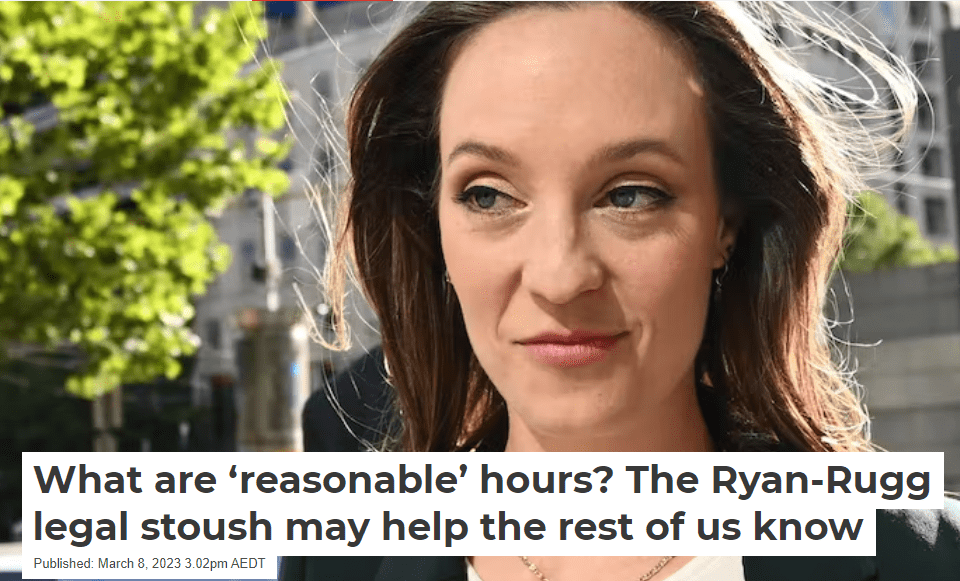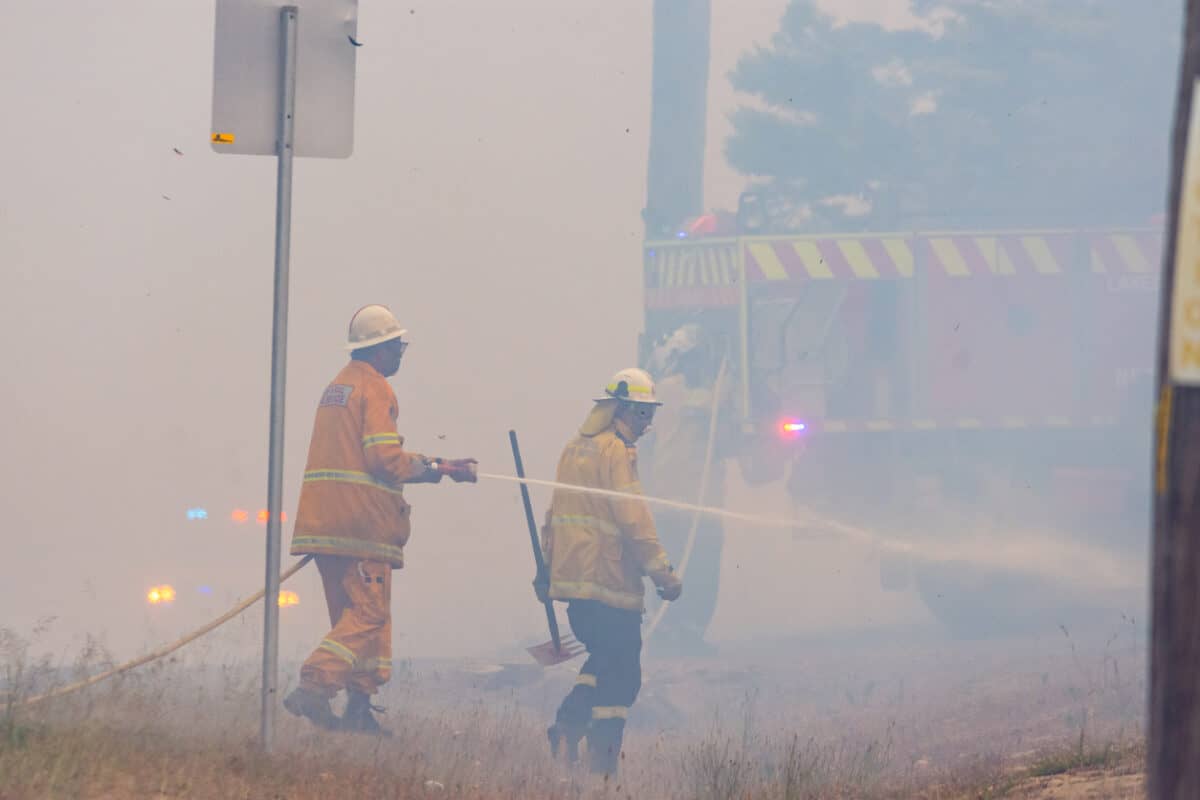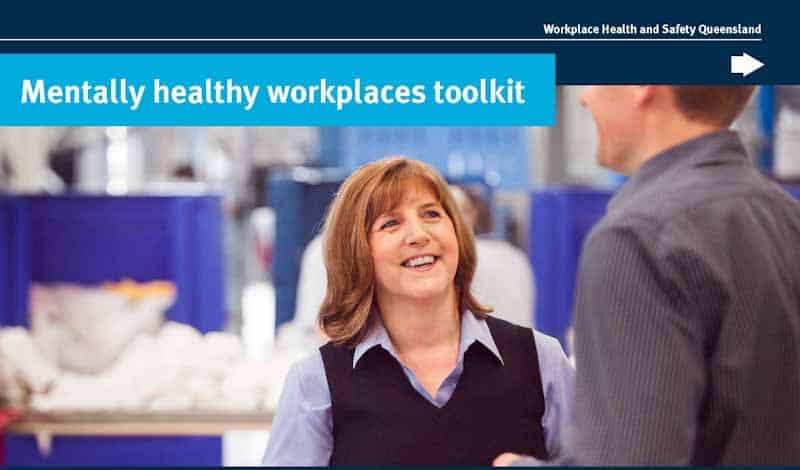Recently at the Central Safety Group, I offered two business options to prevent and manage the risks of mental injury at work – Employ more people or Descope company expectations. This was glib, but I was trying to simplify the decisions that employers will face if they choose to meet their occupational health and safety (OHS) obligations. The reality of the decision-making process is challenging, but it seems to me that the core decisions are to increase the workforce to adequately and safely meet the needs of the company or project, or reduce the production volume or decrease the expectations of the client, and the related stress levels of the workers, to match the size of the workforce.
The actual decision is more complex, but this choice is fundamental to the prevention of harm and compliance with the OHS laws.






